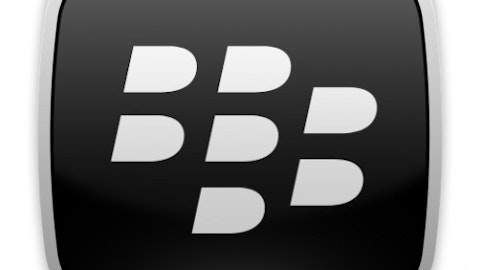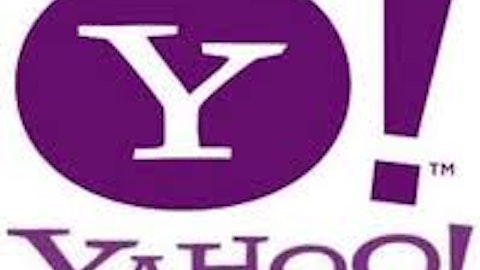NVIDIA’s Project Shield
A lot of gadgets were released at CES 2013, including prototypes. However, the Project Shield console made some of the more prominent headlines, receiving mixed reviews. While some users believe that the new Tegra 4-based console is a brilliant idea, others believe that the concept is useless and might be dead in the water.
There is no doubt that the Project Shield is one of the most powerful handheld consoles, and it features some incredible features. Not only can users play graphically rich HD games, but the console also lets users stream games, videos, and audio from their PCs. Also, the device takes advantage of Android’s Google Play Store apps, which means that Project Shield is capable of doing a lot more than just gaming.
On the downside, ithe target audience for the device remains unclear. Handheld gaming is dominated by Sony Corporation (NYSE:SNE) and Nintendo Co., Ltd (PINK:NTDOY), with Nintendo’s 3DS ruling the market against Sony’s Play Station Vita. If the target audience is hardcore handheld gamers, then it would be tough to move users away from their current handheld devices.
The Project Shield might be competing with casual mobile gaming, which means that it would compete with all the Android smartphones and tablets. Only the upside, in this case, would be the new Tegra 4 processor, which eventually should be implemented in some upcoming Android smartphones and tablets. If you think that the Project Shield would be a good way to play PC games while sitting on your couch, then you can also do the same thing with an Xbox wireless controller.
Final Verdict
It is still too early to write off NVIDIA’s Project Shield, but it does pose some serioues questions. If the device competes with modern-day Android tablets/smartphones, then NVIDIA will need to provide users with exclusive content and games for the project shield, similar to the Xperia Play smartphone for Sony. Even though chances are slim of NVIDIA beating Nintendo and Sony in handheld gaming, customers might be attracted if NVIDIA manages to provide cheap “Android-priced” $5 to $15 games compared to Vita’s expensive game library.
The Tegra 4 processor, on the other hand, has the potential to grow in several areas, especially because it is compatible with LTE technology. Not only will the improve NVIDIA’s position against Qualcomm, but this will also give customers better connectivity options along with superior power. 2013 is an important year for NVIDIA and we’ll have to wait and see if it captures more of the current tablets/smartphones market and/or grows in other areas, including Windows RT and Chromebooks.
The article Where Is NVIDIA Heading? originally appeared on Fool.com and is written by Yasir Idrees.
Copyright © 1995 – 2013 The Motley Fool, LLC. All rights reserved. The Motley Fool has a disclosure policy.





